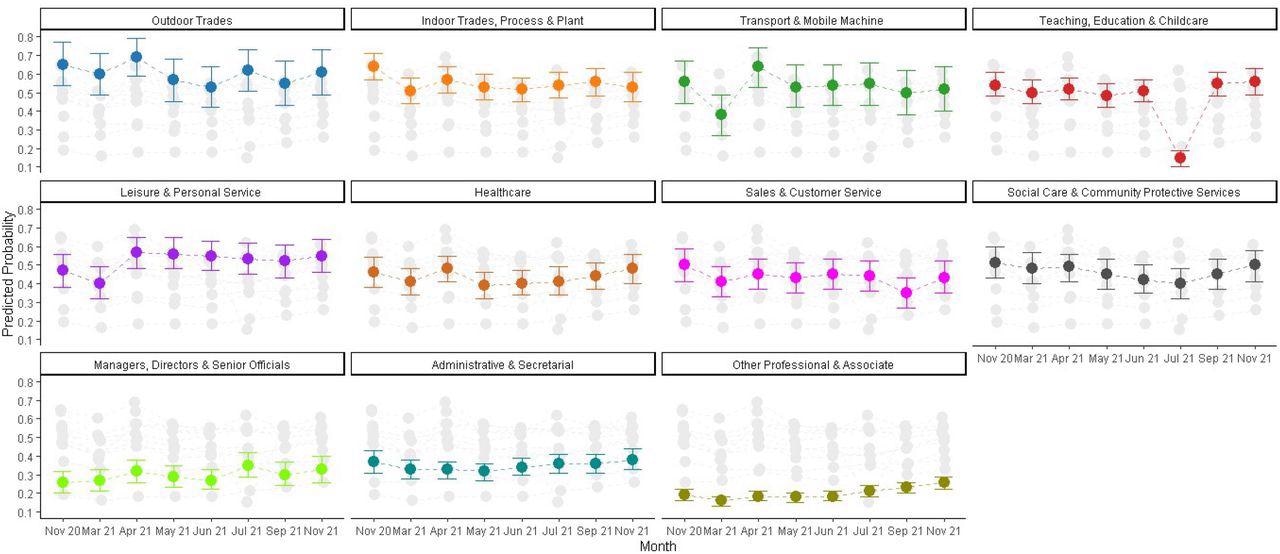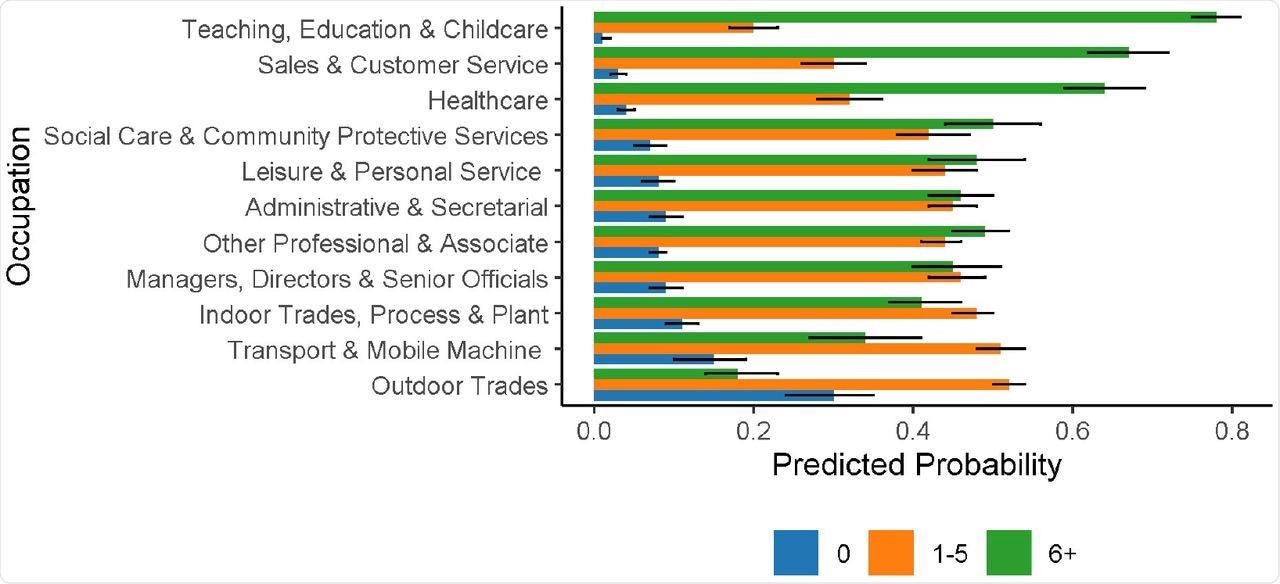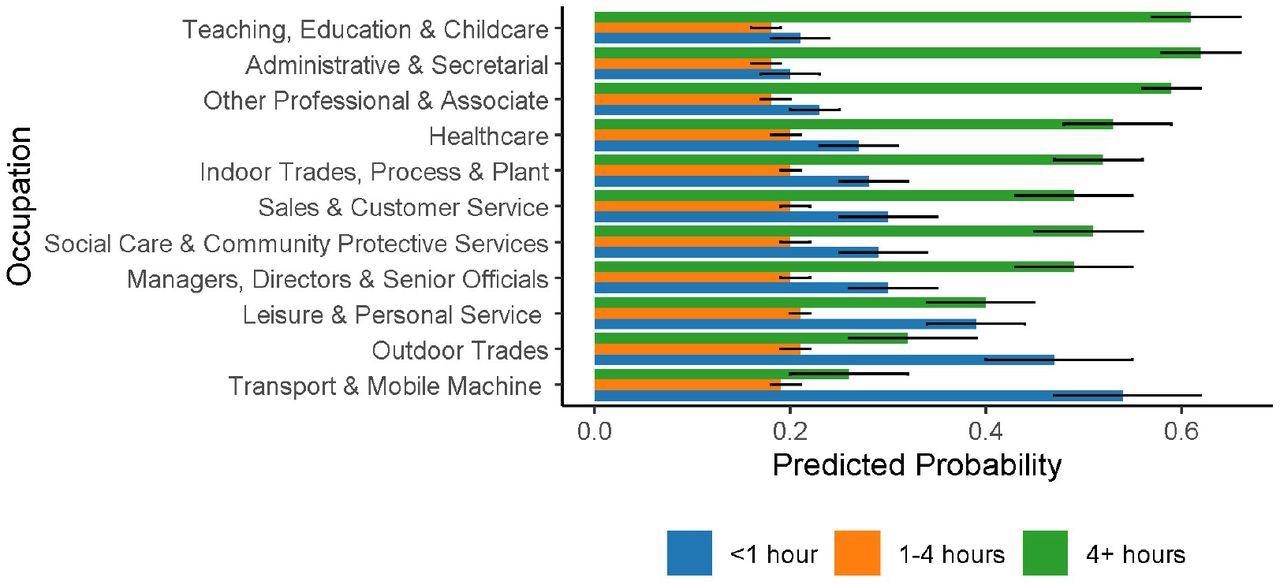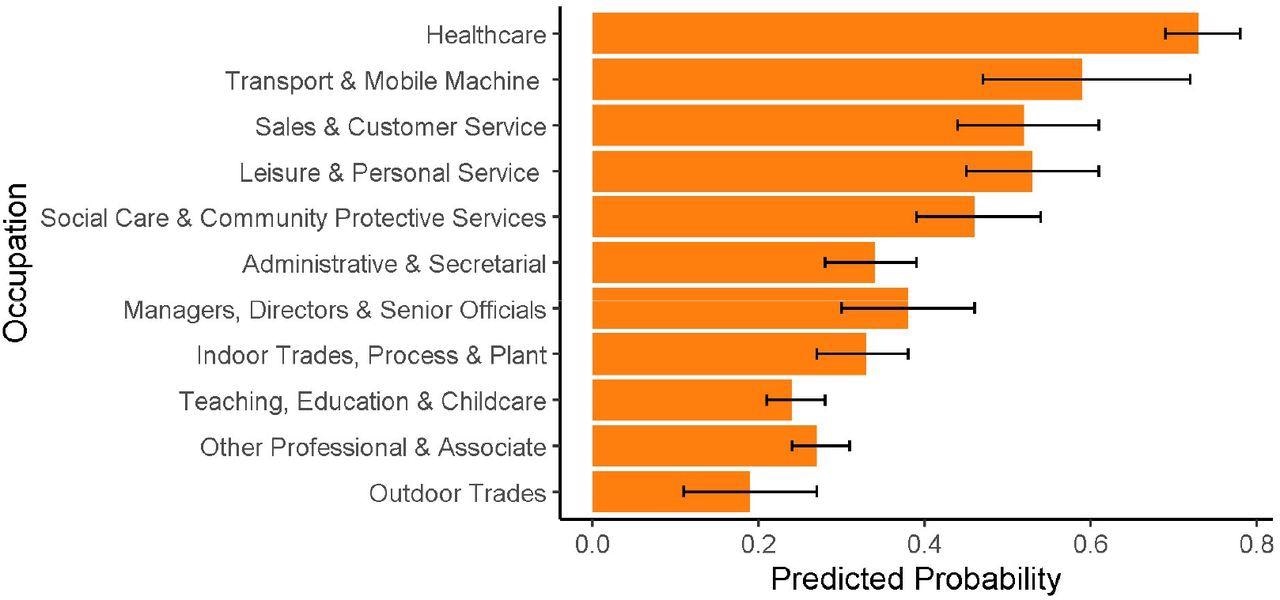
 This news article was a review of a preliminary scientific report that had not undergone peer-review at the time of publication. Since its initial publication, the scientific report has now been peer reviewed and accepted for publication in a Scientific Journal. Links to the preliminary and peer-reviewed reports are available in the Sources section at the bottom of this article. View Sources
This news article was a review of a preliminary scientific report that had not undergone peer-review at the time of publication. Since its initial publication, the scientific report has now been peer reviewed and accepted for publication in a Scientific Journal. Links to the preliminary and peer-reviewed reports are available in the Sources section at the bottom of this article. View Sources
Background
SARS-CoV-2, the etiologic agent of the coronavirus disease 2019 (COVID-19), spreads directly or indirectly in the population by contact with infected individuals. As a result, nations around the world have recommended physical distancing and avoiding public places to minimize the transmission of SARS-CoV-2.
Workplaces can act as a potential source for the transmission of SARS-CoV-2, thus making it crucial to study contact patterns in workplaces. The COVID-19 pandemic has led to several changes in different work sectors, which will likely affect the exposure of SARS-CoV-2 to the public. Measures like remote and hybrid work models have been adopted to mitigate the spread of SARS-CoV-2.
About the study
The researchers conducted a prospective cohort study by analyzing the variations observed in workplace attendance and contact features for different occupations between November 2020 and November 2021 in England.
The study, which consisted of about 4,616 participants, was aimed at investigating the effects and potential interactions between occupation and time for workplace attendance, time spent in the workplace, use of protective gear like masks and other face coverings, number of people sharing a workspace, and number of close contacts. All study participants were 16 years or older and residents of England during the pandemic for consistent periods, and employed or self-employed either full-time or part-time.
Study findings
The study revealed variations in contact patterns and workplace attendance across occupations and times. For workplace attendance, outdoor trade occupations had the highest probability of predicted likelihood of workplace attendance.

Interaction Plot (Occupational Group X Time) for Predicted Probability of Workplace Attendance on Survey Day
In July 2021, the predicted probability dropped for the teaching, education, and childcare sectors due to seasonal closures. Comparatively, the predicted probabilities of workplace attendance were 0.40 for leisure and personal services and 0.38 for the transport sector in March 2021.
These numbers remained high, stable, and were consistent with sectoral re-openings. Professional and associate occupations exhibited the lowest predicted probability between 0.16-0.26 at all time points until June 2021. An upward trend was observed after July 2021 for in-person attendance when restrictions were removed.
In shared workspaces with six or more people, the predicted probability was highest at 0.78 for teaching, education, and childcare occupations. Similarly, high figures were noted for sales and customer services and healthcare services and 0.67 and 0.64, respectively. The predicted probability for having six or more close contacts in a workday was highest for healthcare workers, followed by teaching, education, and childcare occupations at 0.38 and 0.36, respectively.

Predicted Probabilities for Maximum Number of People in Workspace by Occupational Group
Healthcare occupations demonstrated the highest predicted probability for the use of face coverings at 0.90, which was followed by transport and mobile machine operatives at 0.79. Other occupations reported predicted probabilities of 0.34 for Outdoor trades and 0.51 for teaching, education, childcare, and other professional and associate occupations.

Predicted Probabilities for Time Spent Sharing Workspace by Occupational Group
Limitations
The current study involved a large and diverse cohort of the population for investigation across many occupational groups that is not entirely representative of the English population.
The present findings could not be generalized to the first wave of the pandemic when the increased health risk was to frontline health and social care workers. Most importantly, the assessment of personal protective equipment (PPE) usage and ventilation in indoor spaces was not addressed in the present study, which is helpful to establish contact-related risk.
Conclusions
The current study conclusively reported differential workplace attendance and contact patterns. Moreover, the differences were more pronounced when the national-level pandemic-related restrictions were eased/lifted.

Predicted Probabilities for Wearing a Face Covering during Close Contact at Work by Occupational Group
The variations showed a greater degree of space-sharing and close contact after July 2021. The probability of using protective face coverings was also lower following the relaxation of COVID-19-related restrictions. All occupations showed increased workspace sharing and contacts after September 2021.
The present analysis provided preliminary evidence of discrete variations in risk-relevant workplaces. These findings could further help develop effective risk mitigation strategies for SARS-CoV-2 and other respiratory infections.
The researchers presented evidence of increased health risks to those in shared workplaces. Similarly, high risk was noted for those with reduced usage of face coverings.

 This news article was a review of a preliminary scientific report that had not undergone peer-review at the time of publication. Since its initial publication, the scientific report has now been peer reviewed and accepted for publication in a Scientific Journal. Links to the preliminary and peer-reviewed reports are available in the Sources section at the bottom of this article. View Sources
This news article was a review of a preliminary scientific report that had not undergone peer-review at the time of publication. Since its initial publication, the scientific report has now been peer reviewed and accepted for publication in a Scientific Journal. Links to the preliminary and peer-reviewed reports are available in the Sources section at the bottom of this article. View Sources
Journal references:
- Preliminary scientific report.
Beale, S., Hoskins, S., Byrne, T., et al. (2021). Workplace Contact Patterns in England during the COVID-19Pandemic: Analysis of the Virus Watch prospective cohort study. medRxiv. doi:10.1101/2021.12.16.21267906. https://www.medrxiv.org/content/10.1101/2021.12.16.21267906v1?rss=1.
- Peer reviewed and published scientific report.
Beale, Sarah, Susan Hoskins, Thomas Byrne, Wing Lam Erica Fong, Ellen Fragaszy, Cyril Geismar, Jana Kovar, et al. 2022. “Workplace Contact Patterns in England during the COVID-19 Pandemic: Analysis of the Virus Watch Prospective Cohort Study.” The Lancet Regional Health - Europe 16 (May): 100352. https://doi.org/10.1016/j.lanepe.2022.100352. https://www.sciencedirect.com/science/article/pii/S266677622200045X.